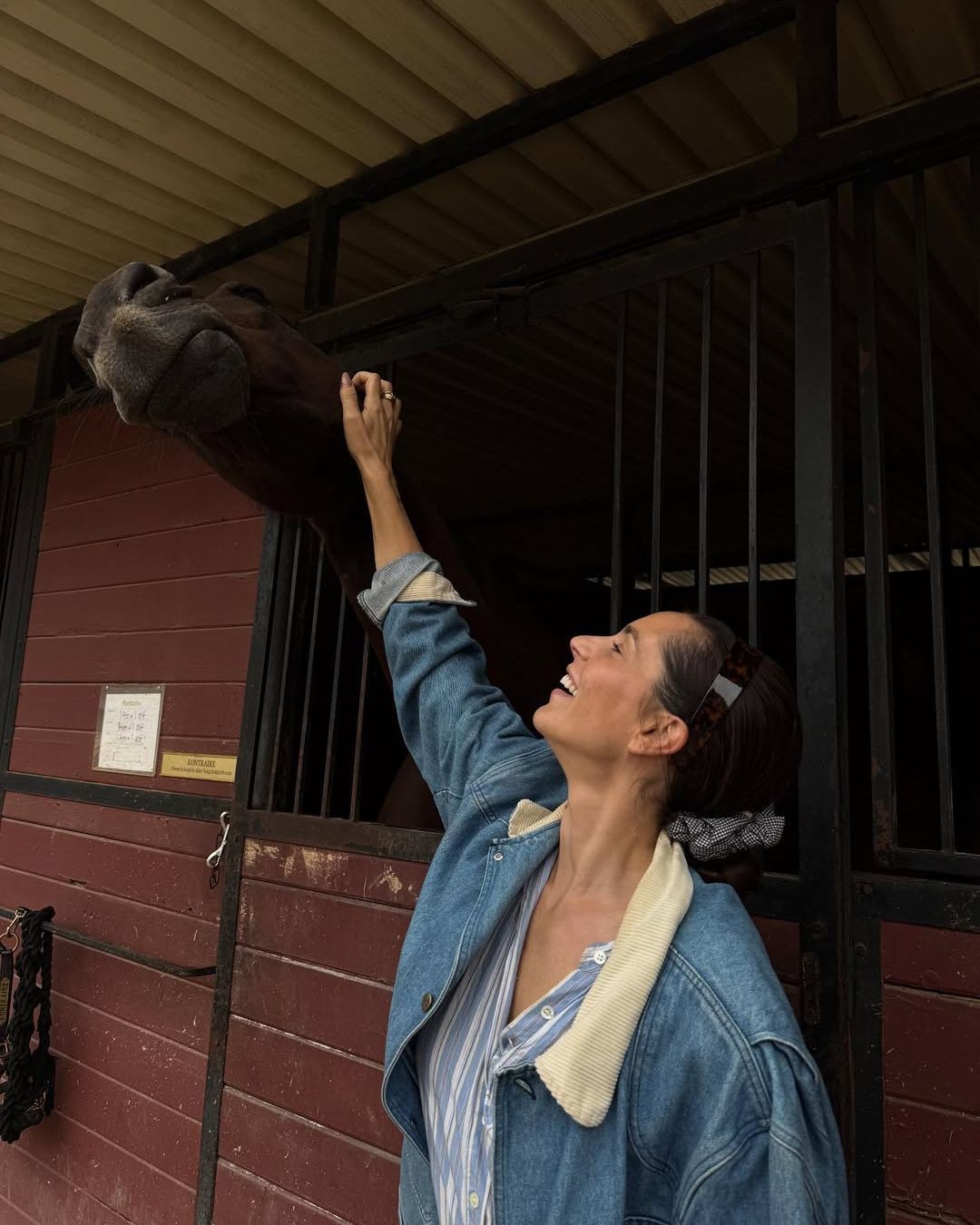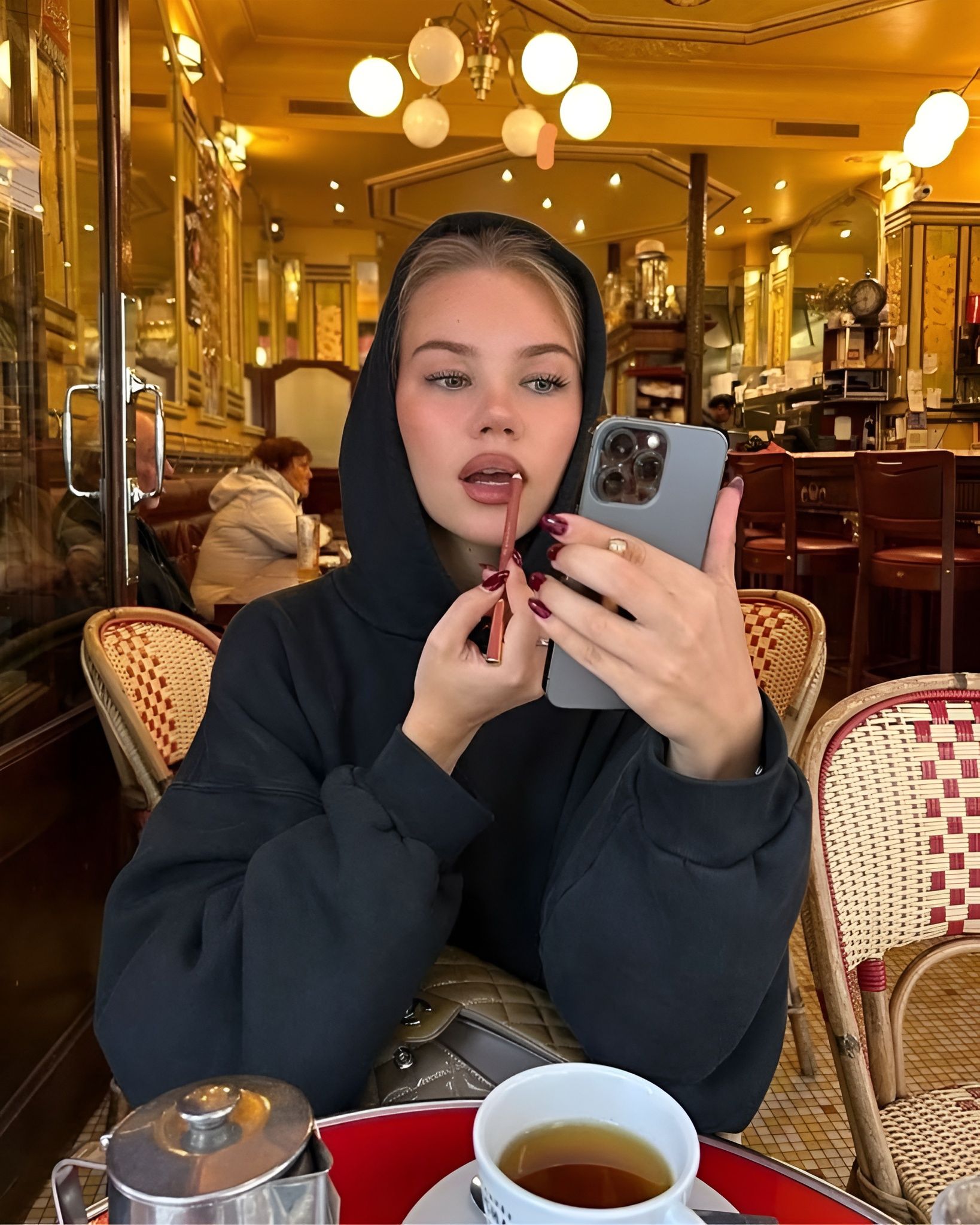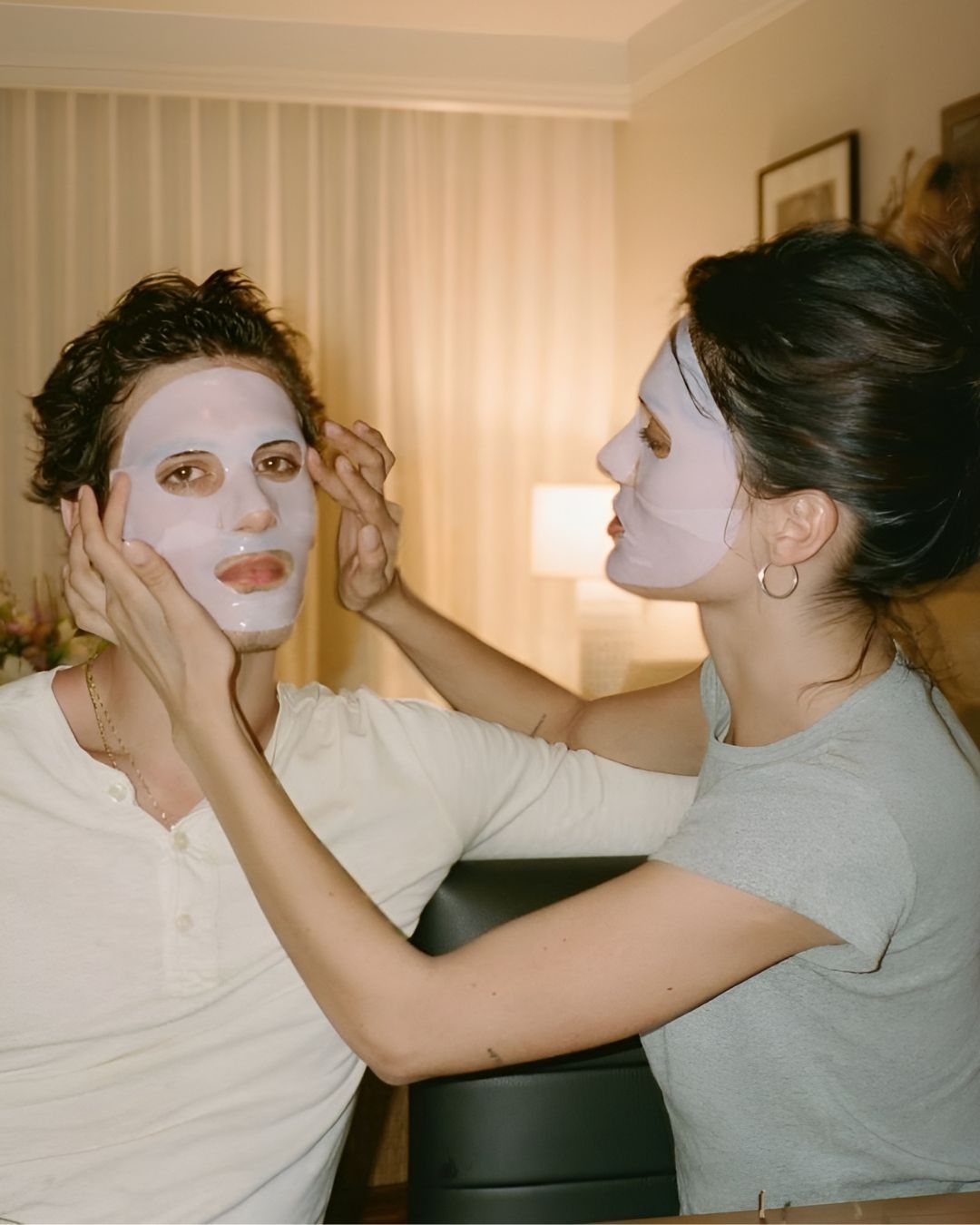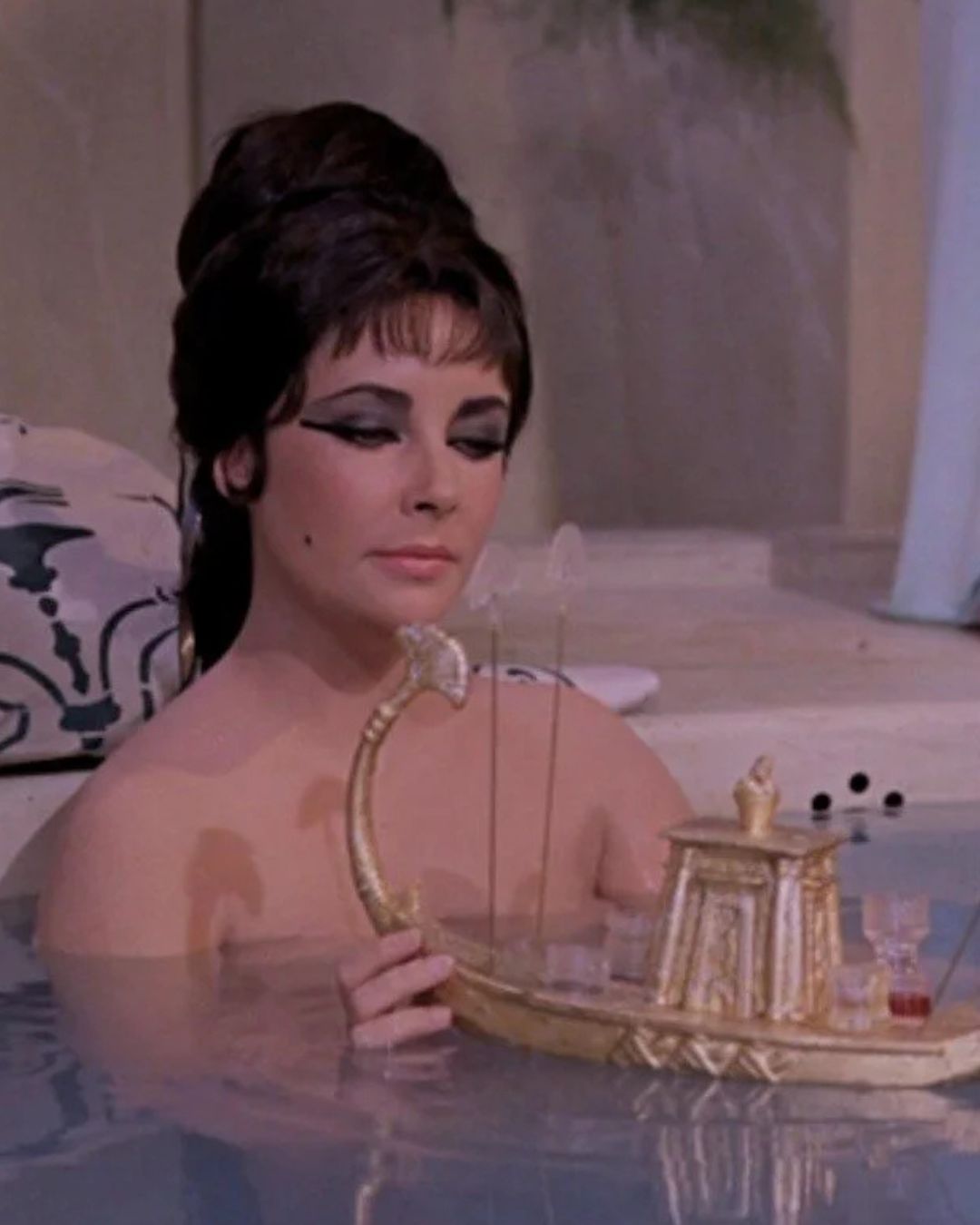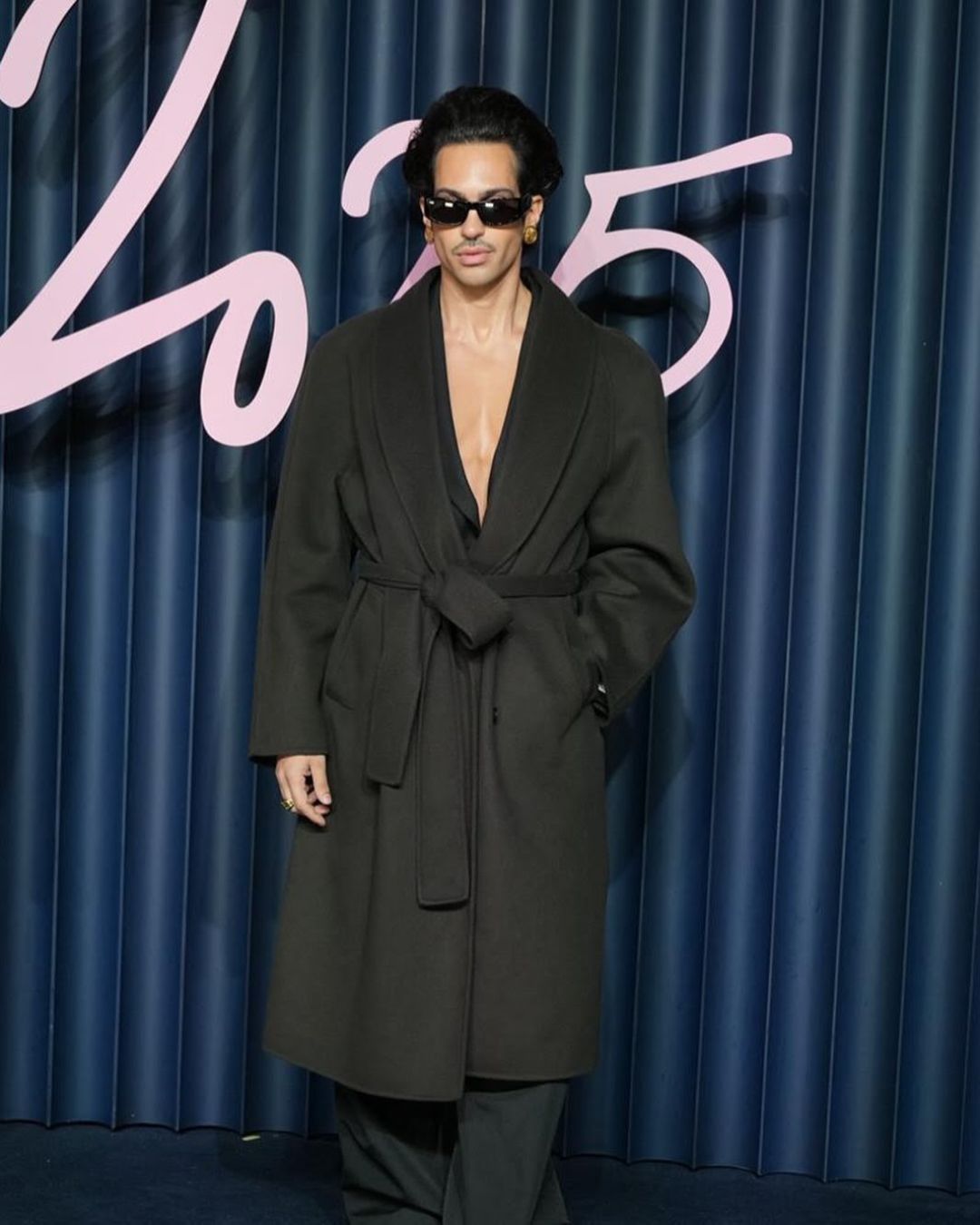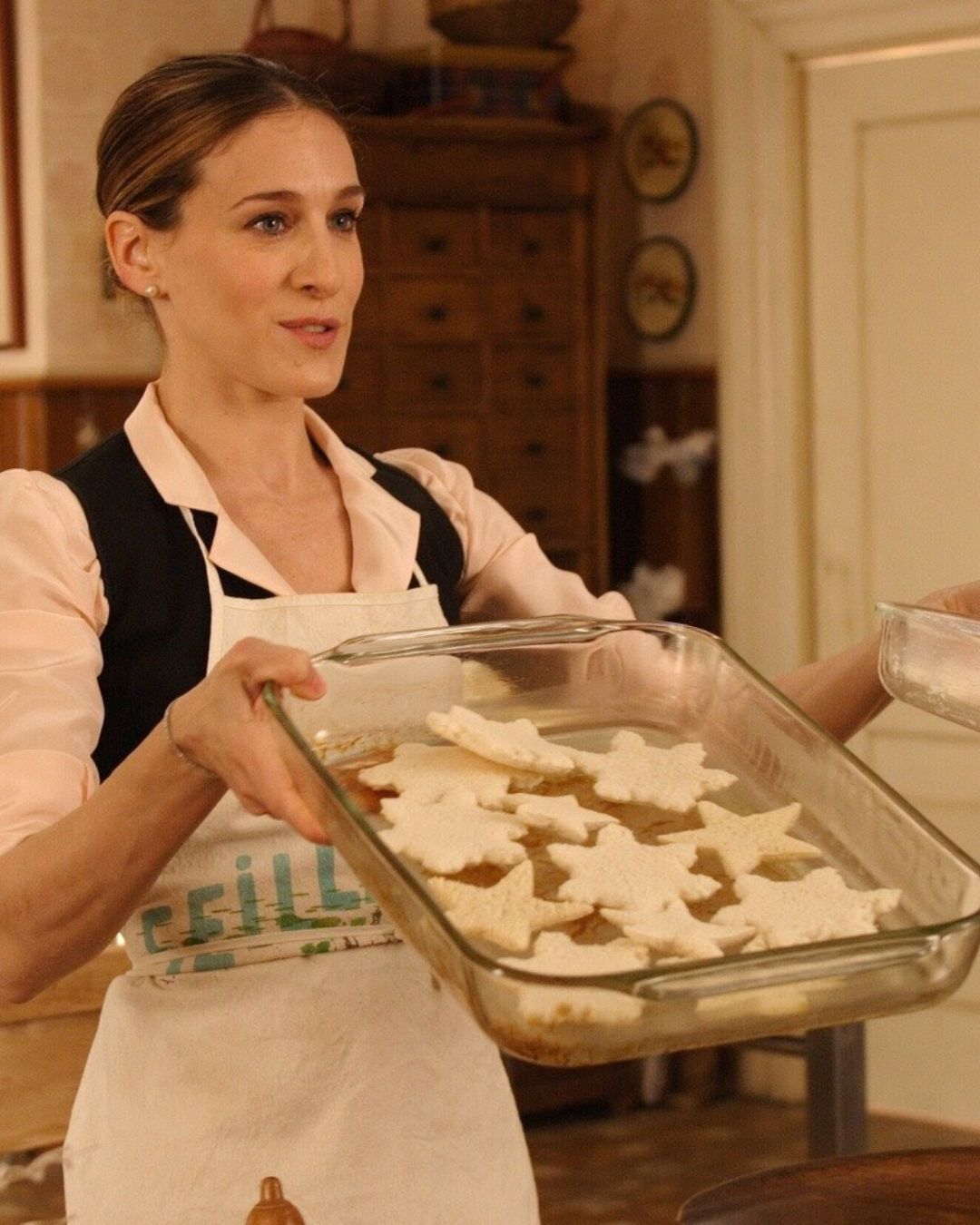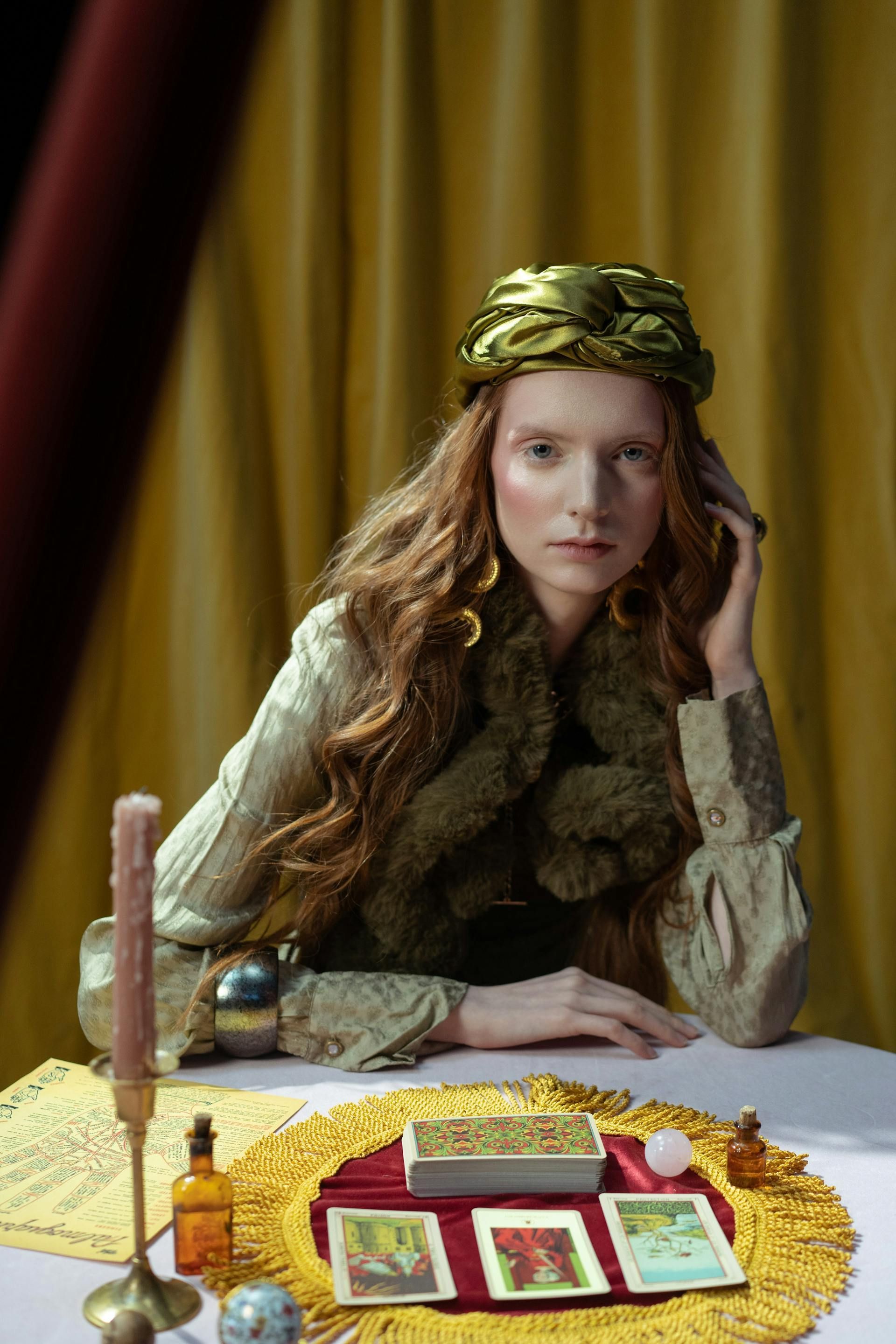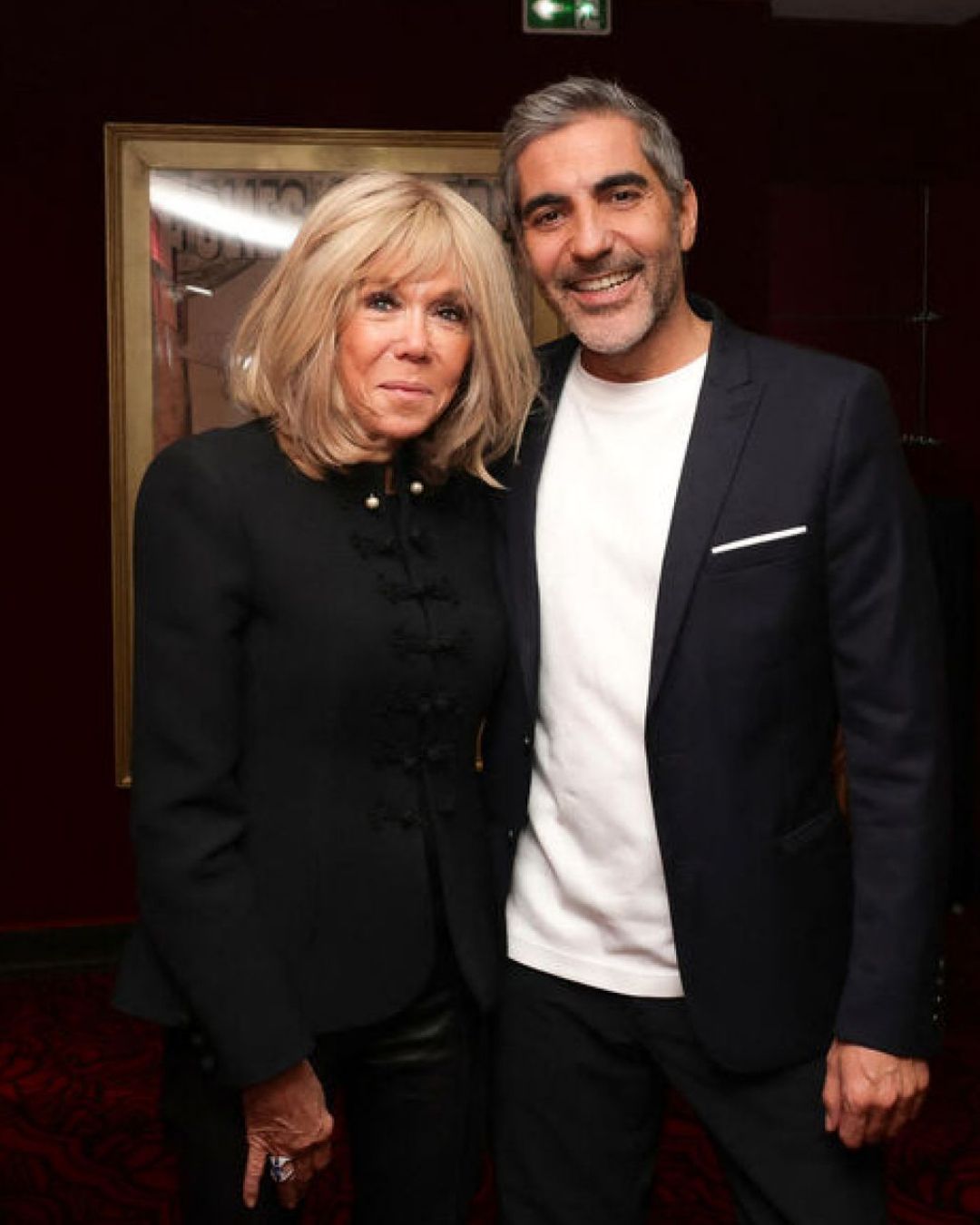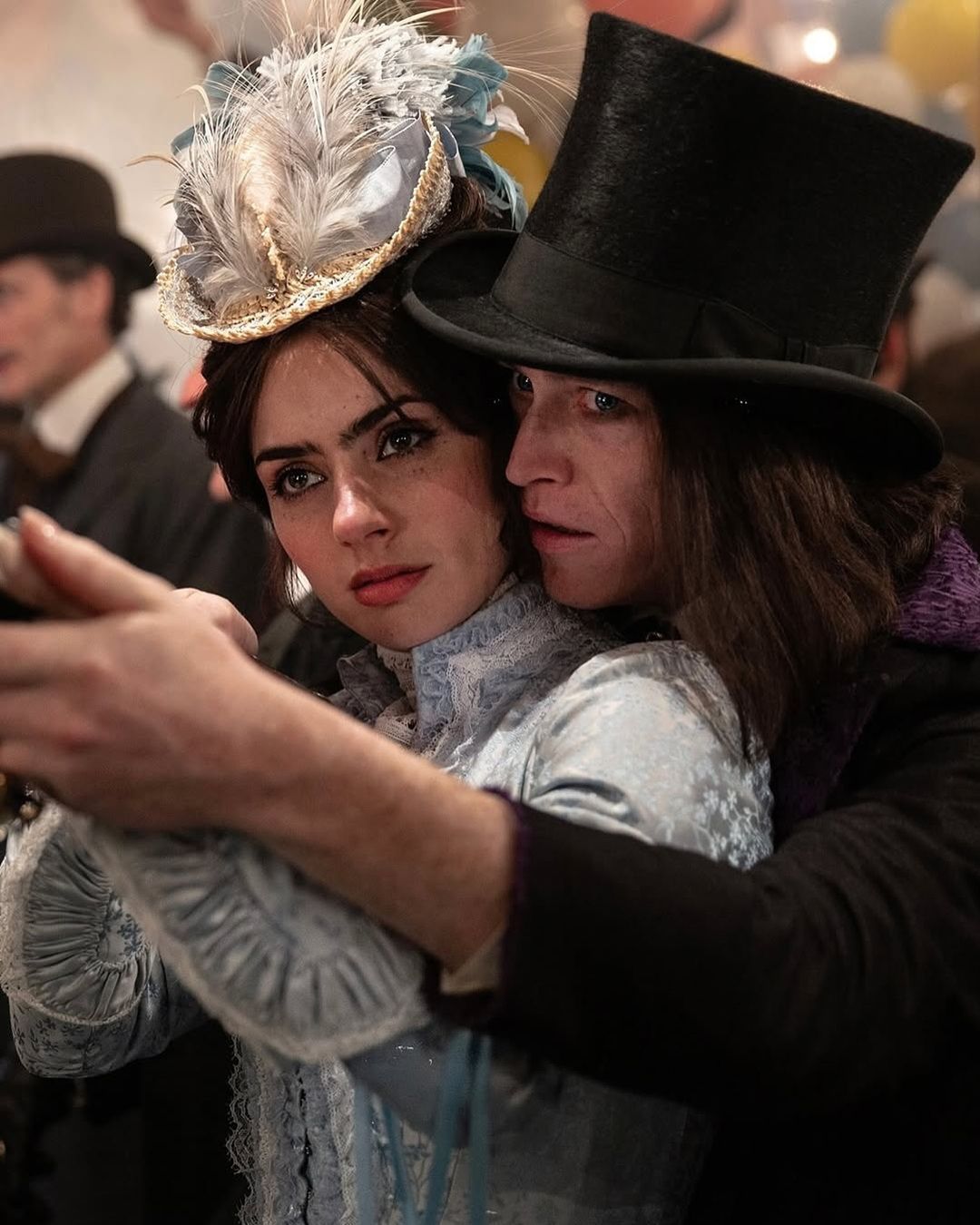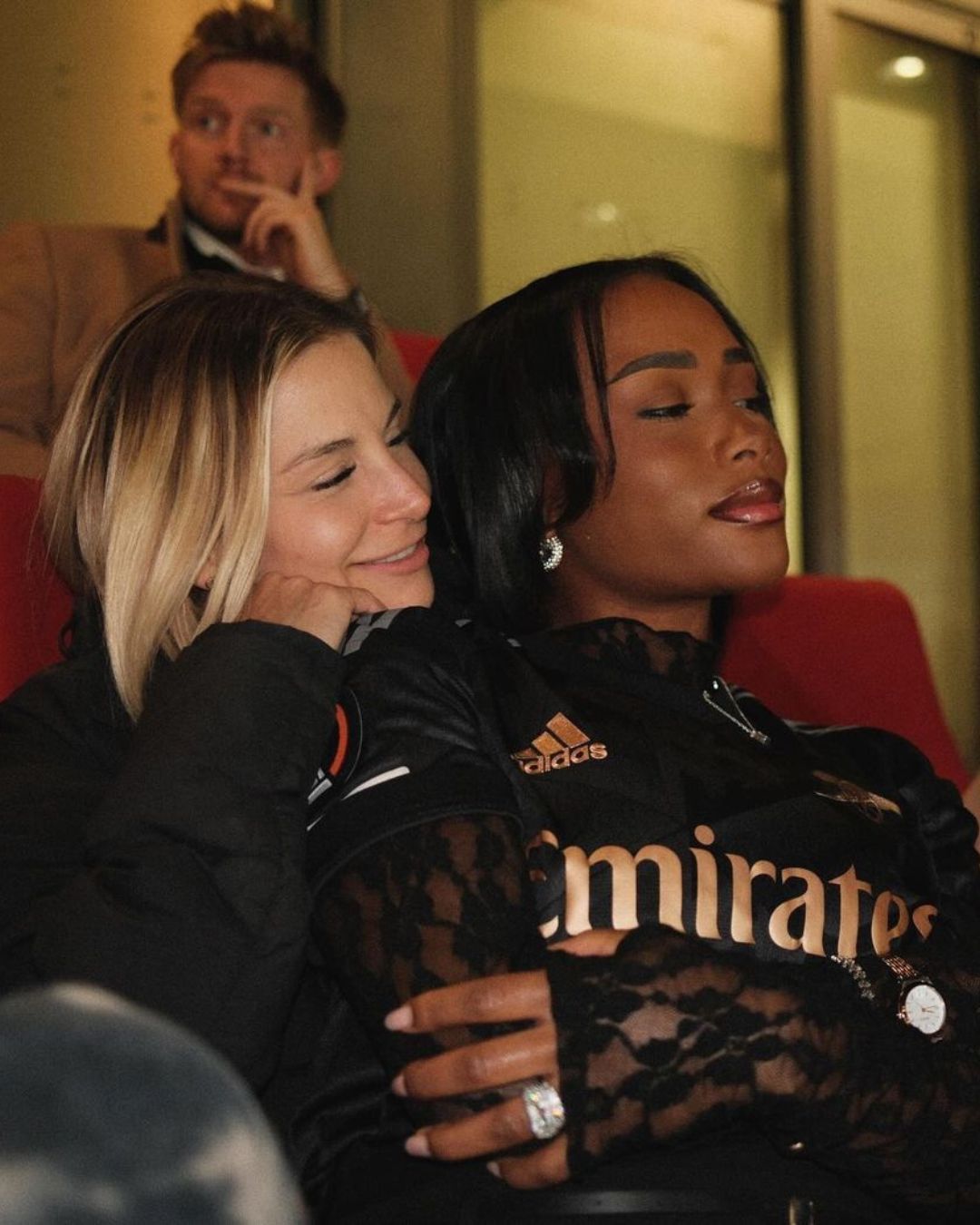
What does it mean to be a WAG today? The world of footballers' wives and girlfriends is changing
The 2024 European Championship is coming to a close. Once again this year, attention is divided. Some focus on team formations and game strategies, results, and performances, while others delve into gossip. Who shares their lives with these handsome footballers? For Italy, attention (not necessarily positive) has centered on Benedetta, the girlfriend of Riccardo Calafiori. Perhaps foreseeing the attention the 2002-born Bologna player would attract, both for his sporting skills and beyond, she made sure to kiss him live on air, dotting the i's. She's not alone. Among the ranks of Italian WAGs are also Chiara Nasti, Alessia Elefante, Camilla Bresciani, and Clarissa Franchi.
The Birth of WAGs in Pop Culture
The acronym WAG (Wives and Girlfriends) gained popularity in the UK in the 2000s, particularly during the 2006 FIFA World Cup, when English footballers' partners drew significant media attention for their glamorous lifestyles and public appearances, both in stadiums and beyond. Prominent WAGs of those years included Victoria Beckham, wife of David Beckham and former Spice Girls singer, Cheryl Cole, then-wife of Ashley Cole and member of Girls Aloud, and Coleen Rooney, wife of Wayne Rooney, known for her style and media appearances. Alex Curran, wife of Steven Gerrard and model, Abbey Clancy, girlfriend (now wife) of Peter Crouch and TV presenter, and Elen Rives, then-girlfriend of Frank Lampard, also fit into this group. In Italy, WAGs could also be described as Elisabetta Canalis and Ilary Blasi in the past, and Alice Campello today, for example.
How Was the Acronym Used Negatively?
WAG didn't just mean the wife or girlfriend of the most admired footballers of the moment, but it carried (and still does, albeit less evidently) very precise aesthetic patterns and a luxurious lifestyle. Powerful tans, flashy earrings, partner's shirts tied around the waist like crop tops or tank tops to showcase shapes and said tans, enormous sunglasses, reflective gloss and blonde highlights, kilometer-long yacht trips, luxury shopping, private planes, and exotic vacations. A sort of Y2K exaggeration of the velina-and-footballer phenomenon that we also witnessed in those years. In this WAG-footballer or velina-footballer dichotomy, however, it's not difficult to identify a series of stereotypes. Women are defined by their relationships with men, based on their fame, wealth, physical prowess. They're considered superficial and air-headed even if they have a real and independent career, and their merits are rarely discussed as much as their looks and bodies, their WAG role. Just think of the treatment received by Wanda Nara, who "dared" to be not only scantily clad but also the sports agent for her husband Mauro Icardi, and for this has endured years of hate messages and insinuations about her competence.
Do WAGs Today Truly Break Stereotypes?
Among the WAGs in the stands of the stadiums where the European Championship matches are played, we can identify: Dani Dyer, Katie Bio, Aine May Kennedy, Tolami Benson. Especially the latter, life partner of England's player Bukayo Saka, is often cited as an example of the modern sports girlfriend, emancipated and escaping every prejudice and stereotype, working and existing autonomously from her partner's successes, yet supporting him closely. She isn't looked down upon, judged; on the contrary, she's admired. Despite always being in the stands, she doesn't prominently display her love story on her Instagram profile; instead, she almost seems like a "simple" fan. Her followers are unaware of her connection to international football because she values maintaining her autonomy, both as a woman and as an influencer, figure, and celebrity. Although the term was never exclusively related to football, in Europe, when talking about WAGs, it was mostly about soccer. Now, both here and overseas, it's no longer the case. American football, for example, produces a large number of WAGs. Does this mean that Taylor Swift is one of them? Certainly, as are Brittany Mahomes, Kylie Kelce, Olivia Culpo. How different are these women always in the stands wearing their husband's team colors from the WAGs of the 2000s? Unfortunately, we have to note, not very different. Or at least, the treatment they receive from the scandalous media (and all too often from fans) isn't that different. Perhaps the problem lies not so much in their presence in sports venues, in their work, in their way of presenting themselves, but in the acronym itself, which doesn't exist except in relation to a man, considered more famous or prominent. Is it time to abandon it?















